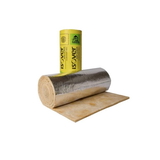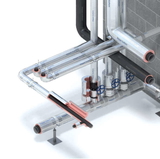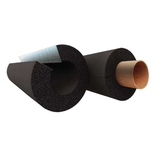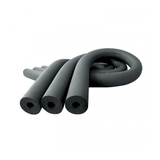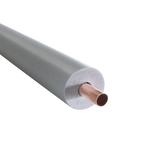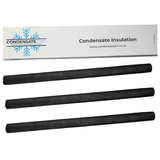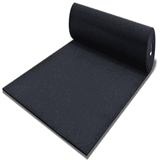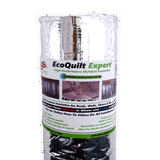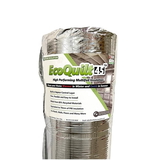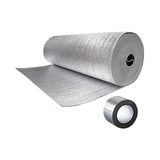- Blogs
- How To Choose The Right Insulation Thickness?
How To Choose The Right Insulation Thickness?
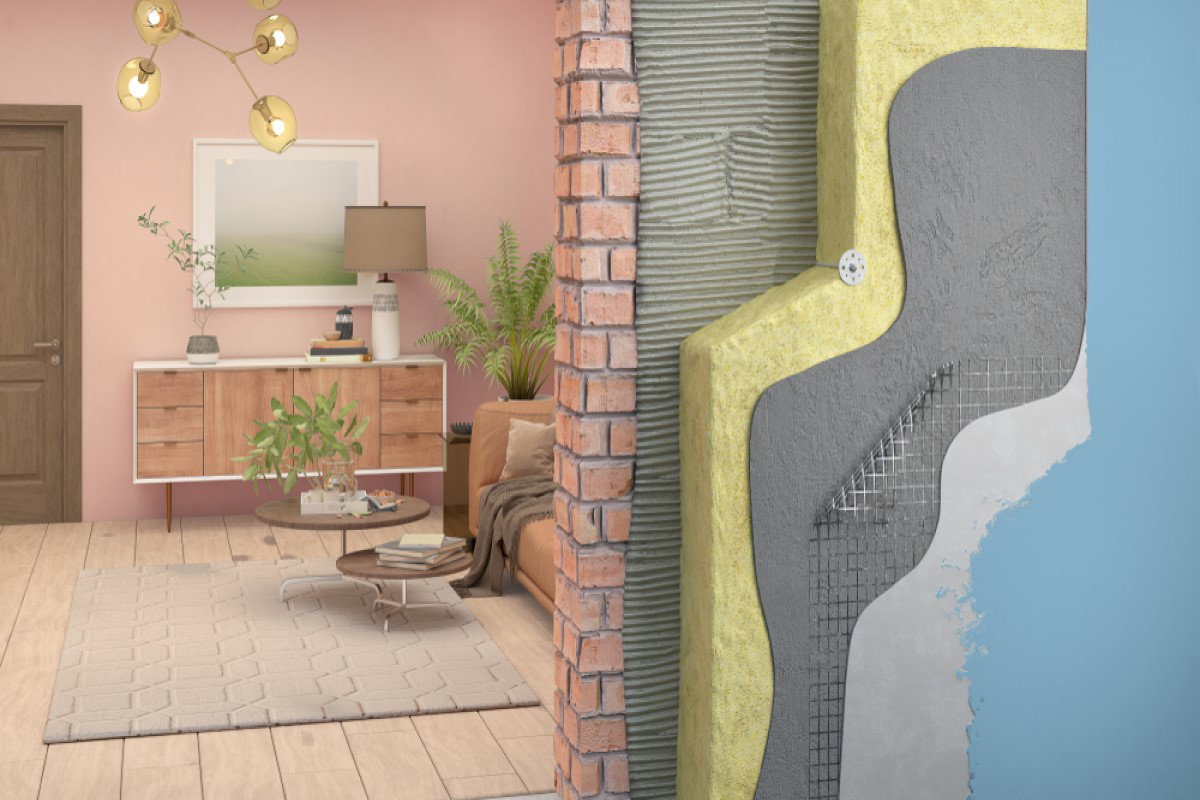
To help you make better decisions and choose insulation online more wisely, we’ve outlined the R-value and thickness requirements for some common insulating materials like stone wool and fibreglass insulation. These factors are important to consider when buying insulation online.
What is R Value?
The R-value of an insulation sample is a measure of its ability to slow down heat flow in all three modes. Natural convection is the primary mode of heat loss across an uninsulated air-filled space. Because air density changes with temperature, insulation materials greatly retards this process. Porous insulation reduces this loss entirely.
Besides the surface area, the R-value is another measure that you can use to determine the thermal resistance of a material. The R-value of a material’s surface area is calculated by multiplying its thermal resistance by its thickness. The higher the R-value, the better the insulation. As a rule, the lower the temperature difference between a material’s surface and the interior wall, the higher its R-value.
Calculating R-value
To calculate the R-value of insulation, you must know the total R-value of the system in which the insulating material is being used. The R-value of a wall with 3 1/2 inch fibreglass insulation has an overall value of 14; however, that total may be lower if the wall is made from drywall, siding, or sheathing. To get an estimate of the R-value of your entire wall system, you can use an R-value calculator. You can find these calculators online for free.
Be aware that the calculator should only be used as a rough estimate. You should always read the instructions carefully before using a calculator.
Calculating R-value for stone wool
Whether you’re installing stone wool insulation in your basement or need to calculate the R-value of PIR boards for internal wall insulation, there are a few key factors that you should consider when making your decision. Stone wool insulation has an R-value of 4.0 per inch at 75degF and 4.4 per inch at 25degF. 
The R-value of stone wool insulation is directly related to the thermal resistance of the material. Usually, the higher the R-value, the better the material is for insulating.
EPS foam insulation has a higher R-value than glass wool insulation for example at thinner thicknesses.
Mineral wool insulation is an excellent choice for insulating cavity walls. It has outstanding thermal resistance and can reduce energy bills.
In comparison, fibreglass has an R-value of 2.2 to 2.7 per inch, while rock wool has a higher R-value of 3.0 to 3.3. A higher R-value means a more energy-efficient home. So, when comparing the R-value of mineral wool insulation and other materials, it is important to remember that a higher R-value means a more efficient, more comfortable space.
U Value of fibreglass Insulation
In addition to the R-value, you can also look for the U-factor of the fibreglass insulation. The U-value is the inverse of the R-value and is measured by dividing the rate of thermal transfer per square metre by the difference in temperature. In general, a lower U-value means better insulation.
The R-value of any insulation material generally refers to the resistance it offers against heat flow. The higher the R-value, the better, and more efficient it will be in insulating your home..
Calculating R-value for fibreglass for Roof Insulation
 The RSI value of fibreglass insulation varies from one manufacturer to another. Its apparent thermal resistance is usually expressed in Km/W, and the lower the value, the better. Thermal resistance can also be measured in Km/W, which is normalized to a metre of thickness. Generally, a higher R-value means more insulation will prevent heat from passing through the material.
The RSI value of fibreglass insulation varies from one manufacturer to another. Its apparent thermal resistance is usually expressed in Km/W, and the lower the value, the better. Thermal resistance can also be measured in Km/W, which is normalized to a metre of thickness. Generally, a higher R-value means more insulation will prevent heat from passing through the material.
You can find out the R-value of your existing material by consulting with a professional.
In Conclusion:
The R-value, U-values and K-value of insulating material are performance indicators. They help you choose better insulation which in turn contributes to lowering your energy expenses and making your home more energy efficient. However, the final choice of insulating material or your application will depend on the building regulations in your area, the type of home you have and of course your budget.
For top-quality wall insulation, roof insulation, insulation boards, cavity batts and more visit Buy Insulation Online. In addition to structural insulation, we also stock building materials, pipe insulation, ducting insulation, valve covers and stucco cladding among others.

Samuel Hitch
Managing Director
Buy Insulation Online.
Leave A Reply
Your feedback is greatly appreciated, please comment on our content below. Your email address will not be published. Required fields are marked *

